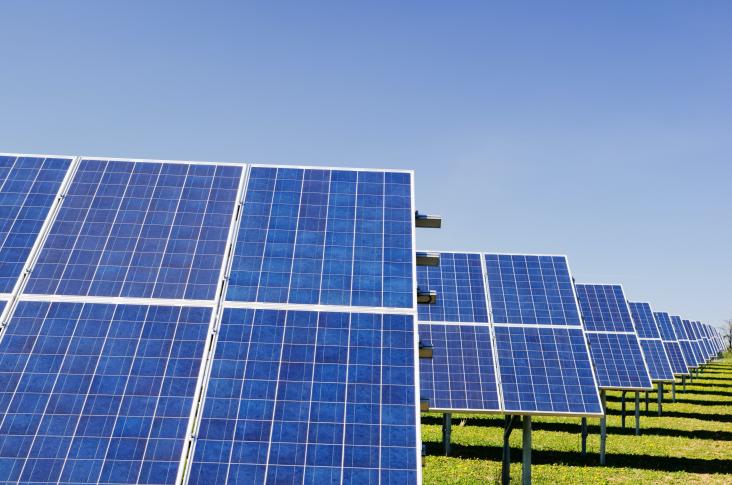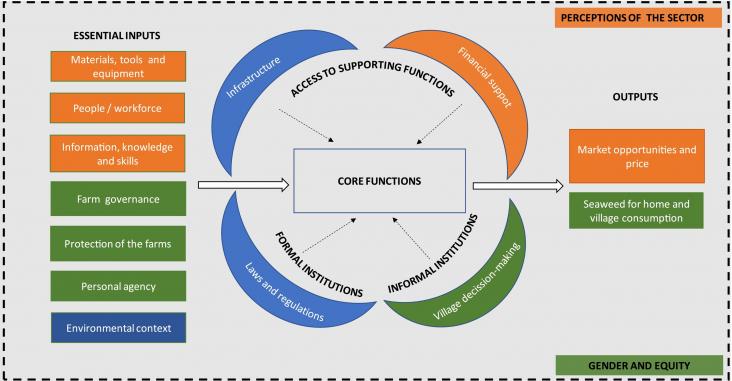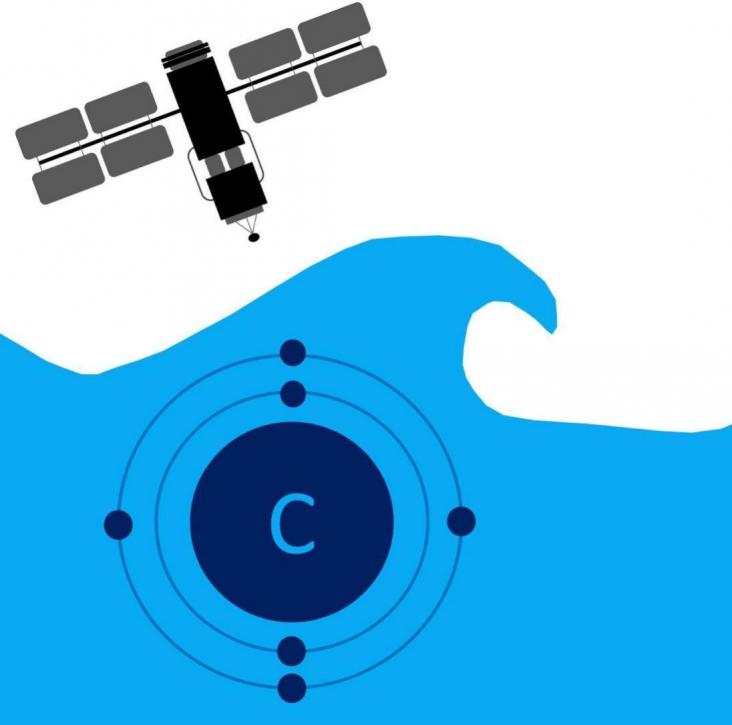
Recognising our customers' exceptional work to achieve the United Nations' Sustainable Development Goals
This paper is particularly relevant to investigations into the spread of organisms that remain close to shore over timescales of days-to-weeks, e.g., the spread of marine non-native species and pathogenetic parasites, but is equally relevant to simulations tracking the dispersal of eDNA or coastal pollutants such as oil and plastics.
This paper develops a coupling between SWAN and Thetis models to account for wave–current interactions occurring by the co-existence of wave and current flows. The different grids and time-steps employed by the model components allow greater flexibility. The two models run consecutively, and communicate internally to exchange the necessary parameters. These are the significant wave height, mean wave direction, mean wavelength and percentage of wave-breaking calculated by SWAN necessary for calculating radiation stress and wave roller effects, while Thetis provides water elevation and current velocity fields.
This study supports SDG 14 by uncovering how biotas responded to global change during the early Paleocene greenhouse mode.

This paper explores perceived barriers and enablers for engagement in a new aquaculture activity, using an example of ‘technology-push’ towards seaweed farming in coastal villages in Samoa.
Shows how practical economic levers can make the shipping industry more environmentally sustainable.
This article advances SDG # 13, 14, and 15 by arguing that ecosystem integrity is neglected but important for climate adaptation goals, and shows how linking ecosystem integrity to climate, biodiversity and sustainable development goals is crucial for optimal outcomes.

Monitoring the ocean carbon cycle is key to improved understanding. Satellites play a major role in our global carbon monitoring system. To make full use of satellite observations for ocean carbon monitoring the remote-sensing community needs to work closely with in-situ data experts, physical and biogeochemical modellers, Earth system scientists, climate scientists and marine policy experts.
Increasing shipping traffic in the Arctic Ocean creates an emerging need to understand the consequences of maritime operations on the Arctic environment and coastal Indigenous and non-Indigenous commu
Fisheries Research, Volume 265, 2023, 106744

A critical reflection on fisheries conservation in the Mekong River is offered here. Adaptive co-management helped balance conservation and livelihood outcomes. No-take zones facilitated basic fish conservation measures led by local fishermen. Fishermen perceiving livelihood benefits of conservation supported no-take zones. Long-term mechanisms to support community-led conservation initiatives are needed.
